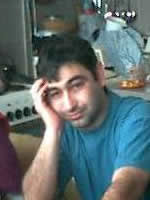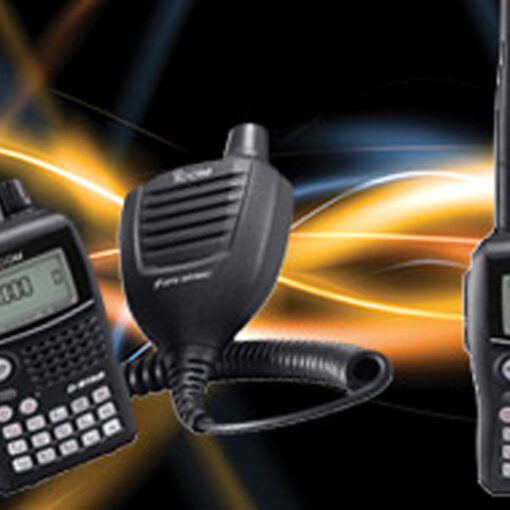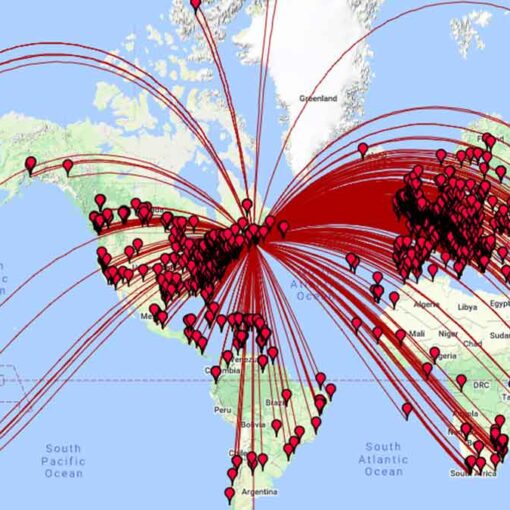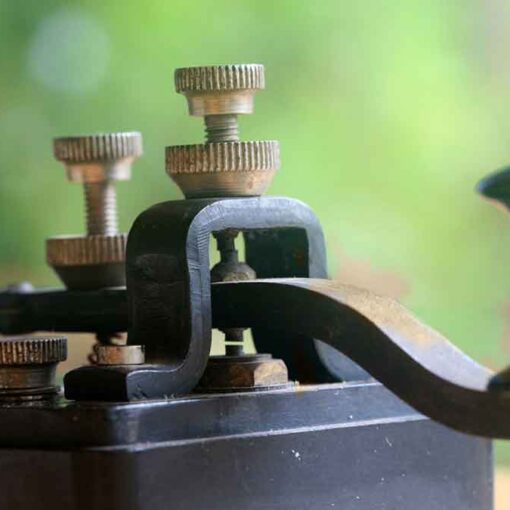Outdoor or indoor antenna? Should we buy or make?
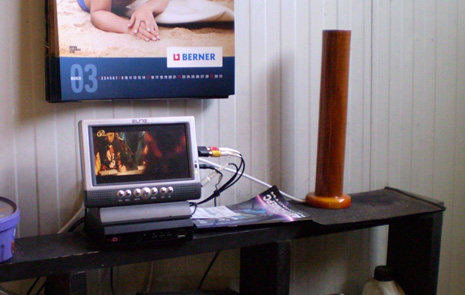
Making an antenna is a simple job that is described by three activities:
- Cutting iron and cables;
- Pilling, etc.;
- Screws and nuts.
(This is also how you write a book – you press keys in a certain sequence.)
In the Faraday cage of channel 64
Very good fishing!
Why are the large antennas external and “fishing very well”?
(And they also cost quite a bit because they are Western made, most of them.)
- Because there is a very long piece of iron on them and as such you can’t take it into the kitchen, and for that – outside.
- You try to raise it as high as possible, because one always wants to climb up – to Everest, to Botev, to Cherni vrah or at least to Kopitoto (the restaurant). If possible by car – ideal.
- “Finds strong” because at the highest possible lift, it provides signal reception with better detection of fresnel zones. Thus, the signal has a better intensity than if the antenna is seven to eight meters or more down.
- A large part of the offered company antennas have an amplifier right on the vibrator and the feeder to the TV goes from there. Infinitely correct solution. However, the amplifier is subjected to all kinds of wonderful outdoor conditions. His life will not be very long.
Why are large TV antenna structures more pleasing to the eye than doing work in the advertised frequency range – for example, from 21-69 channels? Because:
- If the vibrator has a wave resistance of about 75 ohms for 650 MHz, then the same vibrator (the antenna is the same) for 490 MHz is about 35-40 ohms, and for 818 MHz it is 110-115 ohms. The example with 490 and 818 MHz is a real Sofia broadcast and comes to show that if you read the inscription on the box for a 75 ohm TV antenna, then this is true for the middle of the range or somewhere along it. From here on, the reconciliation and attempts to do so go to …
- All distances between vibrator, directors and reflector are frequency dependent (specified) and as such the antenna will be directed for one and one or two neighboring frequencies, but for the rest of the frequencies in the range only the vibrator will work as a simple single dipole antenna (and the one with unclear wave resistance). Salvation comes from lifting up.
Yes, I have also made a 7-element antenna, but it was only for 145 MHz and it was a big struggle to set it up. For range, it is simply unthinkable. There are devices with matching stages filled with capacitors and coils for electrical shortening or lengthening. Your TVs are certainly not one of them.
- Logoperiodic antennas really work in a wider range, but they hardly work with more than two to three elements for the different frequencies, because, alas, the laws of physics apply to them too. For comparison, a well to excellently tuned 3-element Yagi antenna gives about 5-6 decibels of gain. However, if one has a penchant for disobeying laws, one can get from the logperiodic 12 to 18 decibels. If the parliament votes to repeal these laws, then things will fall into place, but they don’t want to!
The main influence on reception is the phenomenon of interference waves, which occurs in all cases when there are ground obstacles and objects (even if they do not block) in the path of signal propagation, such as a block, a house and even an iron barrel for collecting rainwater . I have briefly described this in “Methodology for finding a place for a room “antenna for digitalTV“. It is published and the title is easy to find.
The other main thing is that the cable (feeder) must have a length multiple of half the wavelength (λ) multiplied by the shortening factor and the condition must be met for all frequencies at which television is received – in most places in Bulgaria there are three. What happens if this is not met? An excellent result is obtained (ideal option) or nothing is received regardless of the antenna, clipping or reception of some channels, and the others are bad. Such examples – as many as you want.
The case of feeder length multiple of λ/2 is valid when the arm/arms of the dipole are of length λ/4 (to be precise – 0.253 λ to be 75 ohms). But this dipole is for one frequency and for higher it will be long (ie, non-resonant length) and for lower frequency it will be short – also non-resonant. Then what – when the dipole is longer, the feeder must be shorter for the configuration made in this way, and when the dipole is shorter – the feeder must be longer. When these three cases are nicely “mixed”, at the output of the already made antennao-feeder device must output a signal at the three (or whatever is calculated) frequencies with the maximum possible amplitude of the voltage induced in the antenna. The solution to the problem is easy. It took me personally about two or three months ahead of time.
To receive dirtier signals, a full-wave dipole can be created, i.e. the arms are of length λ/2 and then the feeder should be of length n*λ/2 -(+) λ/4 and not the shortening factor is forgotten. Again, it works according to the above logic – with shorter arms, a longer feeder or vice versa, and all these conditions must be satisfied in one configuration (one antenna-feeder device).
I have personally achieved the following results with my self-made passive (without any amplifiers) antennas (with my wife’s permission, of course!):
- Village Padesh, Blagoevgradsko. This village does not receive over-the-air television, and there were news reports that people were “rioting” due to being deprived of this option. I made a corresponding device and went there – all three multiplexes came out. God’s work.
- Village Kremenik, Dupnishko, which is located above the Dyakovo dam. Also people don’t watch broadcast TV because of impossibility. The channels from the three multiplexes came out there as well.
- Village Zivkovo, Ikhtimansko. The neighbor of my methodical supervisor in fishing tried the variants of lifting up a large antenna with the assistance of a technical digitization team. The result is a switch to an alternative provider (cable, satellite), accompanied by a certain amount of expletives. At the same time, my fishing guru watches with a passive antenna my craft, which is located in the room.
- Village Beli Iskar, Samokovsko. “Kofti” place with more than 70 meters of overhang from a land massif in the middle of a 3.5 km route, through which the overhang does not pass even a third Fresnel zone (ie, what is reached from the fifth). There was an external new logoperiodic antenna erected, which, however, did not receive the BNT package, which was received on 722 MHz, and the btv, nova tv and tv7 package on 626 MHz was received with periodic interruptions. After installing an amplifier (amplified at mach) the reception got better. I was not satisfied with the situation. I made some effort and it is now received with a room antenna without an amplifier.
- And I can no longer remember how many more places – the village of Vladimir in its lowest part, Kocherinovo, the village of Gorni Dabnik Plevensko, the village of Varvara (between Tsarevo and Ahtopol) in its low part below the center, etc.
For Sofia and its surroundings, there are also no problems with reception, regardless of whether it is the first or last floor, with a view or on the opposite side to the transmitter, and I show it in a car service (car workshop), which is practically a pure “Faraday cage” – the whole inside is metal construction with appropriate grounding (all metal columns are in the ground). Reception is on channel 64 – Vest TV.
If you think what has been written so far is incredible, read the article again.
Otherwise, the spread of VHF is “God’s work”!
